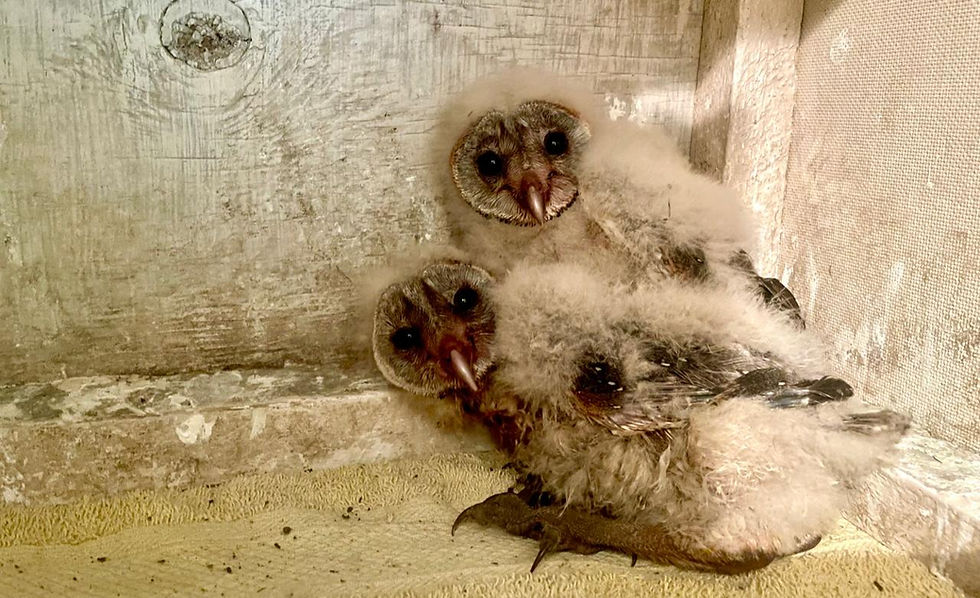Meet the team: Lemein Par
- Allison G. Davis
- Jul 28, 2020
- 2 min read
Lemein Par is from Orkoroi, Narok County, Kenya. In his home village, he interacted with animals on a daily basis, herding cattle and shoats in the Maasai Mara. Many of his friends became conservation managers, so he spent school holidays touring the Mara to see its diverse wildlife. These experiences inspired him to study Wildlife Management and Conservation at University of Eldoret.
After earning his undergraduate degree, Lemein started working at the Matira Bush Camp in the Maasai Mara. At the camp, he met Mara Raptor Project researchers Simon Thomsett, Shiv Kapila, Ralph Buij, Munir Virani, and Stratton Hatfield.

"[They came] to Matira camp where I work and stay while carrying out their field activities such as tagging vultures and eagles. As frequent visitors to the camp on the field activities, the researchers were so hospitable that whenever there was a space in their cars, I could join them in the field."
Their relationship grew through shared time in the field and close encounters with raptors, and so did Lemein's interest in wildlife conservation and research. He volunteered to locate and identify the prey remains of Martial Eagle kills on his free time.

"Meeting with raptor experts, ecologists, and scientists is a dream of every young researcher. Due to interest of wildlife conservation and being close to experienced raptor biologists, I felt part of the team and ended up joining the team officially in March 2020."
As a Mara Raptor Project coordinator, Lemein collects data on raptor breeding behavior and diet; acts as a Project representative by giving presentations to guests, guides, and stakeholders; and assists poisoning-response and raptor rehabilitation specialists in the greater Mara region.

Lemein Par collects imagery of a Martial Eagle nest.
"The most exciting part is ground-truthing of the Martial Eagle kills. This is because you never know what to expect in terms of the prey items, which is diverse, ranging from the medium sized game birds to small ungulates."
Sometimes flooding makes a Martial Eagle's prey remains inaccessible. The greater Mara ecosystem does not have four seasons; it has two: wet and dry. During the wet season, roads turn to mud and often flood from overflown rivers and streams. While driving to a prey remains site in the wet season, Lemein has gotten stuck for more than 5 hours. Once the dry season starts, it make take a few months for roads to become passable. This can interfere with monitoring raptor nests. Even so, Lemein enjoys driving across the Mara.

"Driving around the study area is generally amazing. In this situation you come across a lot of different species of bird, mammals or generally diverse flora and fauna. The interaction between these species in their niche is so exciting. You find some feeding, mating, fighting, hunting, hovering bird, singing birds….therefore there are always daily surprises."
Lemein Par is an invaluable member of the Mara Raptor Project, and the team is grateful for his daily dedication to wildlife conservation. He has plans to pursue a Master's degree shortly, and the Mara Raptor Project looks forward to supporting him with this endeavor.






Comments